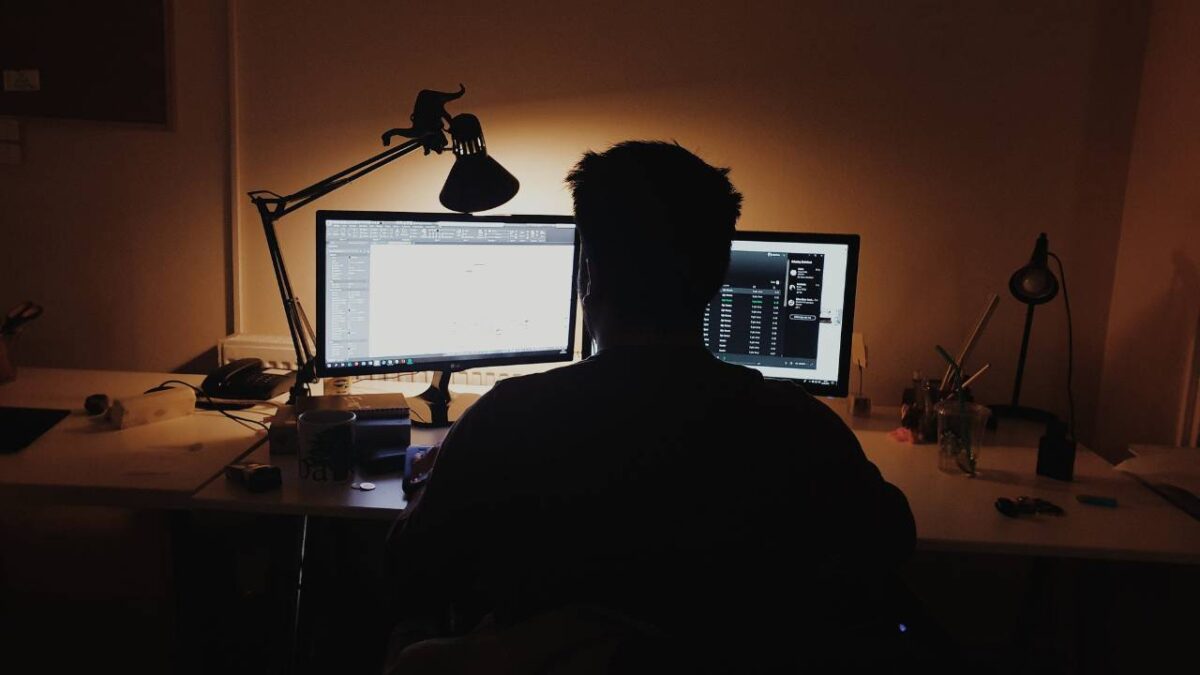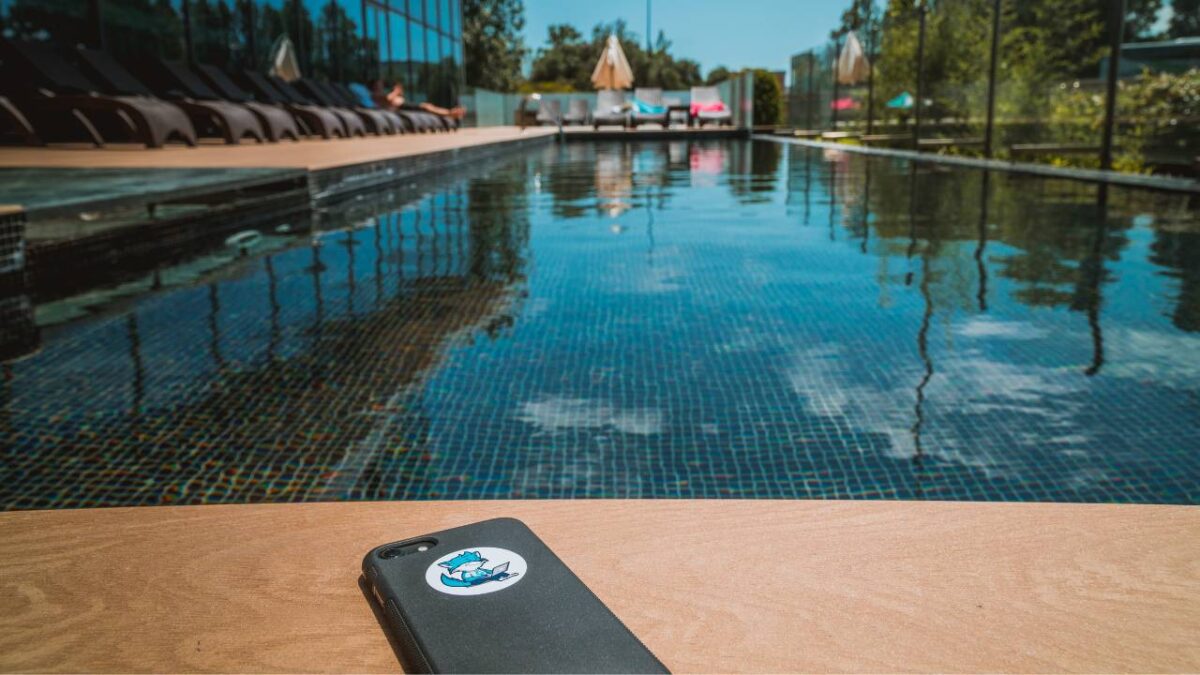In today’s fast-paced digital world, it’s no surprise that you may find it increasingly difficult to disconnect from your screens and strike a healthy balance between technology use and other aspects of life. It’s time to explore the concept of Strategic Digital Detox Design, an approach that helps you achieve mental and emotional well-being by creating balance between your online and offline worlds.
Understanding the Digital Age
In the digital age, you are surrounded by technology that keeps you constantly connected. Devices such as smartphones, tablets, and laptops have become essential tools for your everyday life. These gadgets offer unlimited possibilities for communication, entertainment, and productivity while shaping the culture around you.
The widespread use of these devices has altered the way you interact with the world on a daily basis. With the internet just a few taps away, you have instant access to information and resources that were once inaccessible. Your screen use has increased significantly as these devices allow you to stay connected to friends, family, and colleagues anytime and anywhere.
However, this constant connectivity can come at a price – it can leave you feeling overwhelmed or distracted. The culture of always being “online” can lead to an unhealthy reliance on your devices and, consequently, a detachment from the world around you.
In light of this, it is important for you to strike a balance between your digital and offline lives. Consider engaging in a strategic digital detox to help you manage your screen use and maintain a healthier relationship with your devices. By doing so, you can create a lifestyle that embraces the benefits of the digital age while also allowing space for authentic, meaningful offline interactions.
Screen Time: A Closer Look

Effects on Sleep and Health
Excessive screen time has a major impact on your sleep and overall health. Exposure to the blue light emitted by screens disrupts your body’s sleep pattern by inhibiting melatonin production, making it difficult for you to fall asleep. This, in turn, can lead to headaches and affect your overall health.
To minimise these effects, consider the following:
- Limit your screen time before bed, avoiding devices for at least an hour before sleep.
- Use blue-light-filtering apps or tools that reduce blue light emissions from your device.
- Adopt a healthy sleep routine by sticking to regular sleep and wake-up times.
Influence on Mental Well-Being
Screen time plays a significant role in our mental health, as excessive use of devices can exacerbate feelings of anxiety and depression. Furthermore, constantly being connected to social media can hinder our emotional regulation. To safeguard your mental well-being, take these steps:
- Schedule screen-free time each day to engage in activities that promote self-care and relaxation.
- Set boundaries for social media and other online platforms by allocating specific times for their usage.
- Stay connected to real-life support networks, such as friends, family, and communities, to share experiences and feelings.
The Role of Devices in our Work-Life Balance
Nowadays, our workplace is practically a fingertip away, with email and other communication tools accessible via smartphones or tablets. While this can boost productivity, it can also blur the lines between work and personal life. To improve your work-life balance, consider these suggestions:
- Designate dedicated work hours to organise your day and ensure that work does not overlap with personal time.
- Create a physical workspace to separate work from home activities, allowing for a more focused environment.
- Set boundaries on email and instant messaging notifications after work hours to avoid becoming overwhelmed.
The Role of Digital Distraction
It’s hard to ignore the impact of digital distractions in today’s world. Alerts, notifications, and updates from various sources constantly bombard you. Knowing why digital distractions can negatively affect your life can help you make informed decisions about using technology and finding balance.
When you immerse yourself in social media, it’s easy to get lost in the endless scroll. You might find yourself constantly checking for updates, anticipating likes or comments, and falling into the fear of missing out (FOMO). This compulsion to be constantly connected can lead you to procrastinate or lose focus on important tasks, ultimately disrupting your work-life balance.
Notifications are another factor pulling your attention away from what you’re doing. The constant buzz of your phone or a pop-up on your computer can disrupt your flow and leave you feeling unproductive. Studies have shown that it takes, on average, 23 minutes to refocus after being distracted. Imagine how much time you lose throughout the day due to these interruptions.
Video games are immensely popular and can be a fun way to unwind. However, it’s important to recognise when they’re becoming a hindrance rather than a reward. For some, it’s easy to lose track of time in the virtual world and neglect the tasks and responsibilities lying in wait in the real one.
Problematising the Habitual Use of Technology

As our dependence on technology increases, it becomes imperative for you to reflect on the habits you’ve developed around the use of screens. Consciously reevaluating your relationship with devices can help you strike a healthy balance between online and offline activities.
You might have noticed how the frequent use of screens interferes with daily life, impacting family time, social interactions, and personal well-being. It’s all too easy to get caught up in the endless scroll—notifications grabbing your attention, news feeds tempting you to click one more link, videos autoplaying the next instalment. Before you know it, hours have gone by with little productivity achieved.
To truly appreciate the need for a strategic digital detox, consider some of the consequences you may face due to habitual screen usage:
- Physical health: Prolonged exposure to screens can result in eye strain, headaches, and unhealthy posture. Additionally, sedentary screen time may contribute to weight gain and related health issues.
- Mental health: A constant barrage of digital stimuli can leave you feeling overwhelmed and anxious. Comparing yourself to the seemingly perfect lives of others on social media may foster feelings of inadequacy and depression.
- Relationships: When you’re engrossed in screens, important relationships can suffer. Excessive screen time might replace face-to-face interactions, diminishing the quality of your connections.
To take control of your screen habits, try these simple but effective steps:
- Set limits: Establish healthy boundaries by allocating specific times for screen use, such as during lunch breaks or designated leisure moments. Decide on a cut-off point each evening, and stick to it.
- Create screen-free zones: Dedicate areas in your home, like the bedroom or dining room, as no-technology havens.
- Find alternative activities: Replace screen time with more engaging or fulfilling pursuits, such as reading, exercising, or spending quality time with friends and family.
Digital Detox: Charting a Course
The Mindful Approach
Embarking on a digital detox is all about incorporating mindfulness into your daily routine. By consciously choosing to put down your devices during specific moments of the day, you’re fostering a deeper sense of well-being. As you cultivate mindfulness, you’ll notice greater focus, creativity, and a reduction in stress levels. Below are some areas where mindfulness can prove helpful:
- Mealtimes: Enjoy your meals without distractions from screens.
- Mornings and evenings: Begin and end your day with a calm mind, sans technology.
- Breaks: Take short breaks from screens throughout the day to stay refreshed.
Healthy Limits and Time Management
Setting healthy limits is central to a successful digital detox. Creating time limits or physical boundaries can offer both mental and emotional benefits. Consider these suggestions:
- Scheduling: Designate specific times to check emails and social media.
- Workspace: Keep a separate workspace for devices to minimise temptation.
- Notifications: Limit the number of notifications on your devices to reduce interruptions.
Challenge and Change in the Digital Detox Journey
A digital detox should present you with challenges that shift your behaviour gradually. It’s important to adapt and make changes as needed without pressuring yourself. Here are a few tips for a smoother journey:
- Accountability: Share your goals with friends and family so they can support your detox.
- Switch activities: Engage in hobbies or social events that don’t involve screens to fill the void left by technology.
- Track progress: Keep a journal of your daily screen time to celebrate achievements and plan future improvements.
Digital Detox in Relationships and Social Communication
In today’s digitally-dependent world, it is essential to occasionally take a break and engage in digital detox for the benefit of your relationships and social communication. This friendly guide will provide you with key insights on how to balance life beyond the screen.
The first aspect to consider is how digital devices affect the quality of your conversations. Being constantly interrupted by notifications and the urge to check your phone might lead to poor communication with those around you. To combat this, create dedicated phone-free time with friends and family. Setting boundaries will help you be more present in your conversations and strengthen your relationships.
Social media, while having its advantages, can sometimes become overwhelming. Scrolling endlessly through feeds might make you feel disconnected from genuine human experiences. To reconnect, allocate time for face-to-face interactions and extend invitations for social gatherings without screens. By prioritising these authentic connections, you will notice a significant improvement in your social life and overall well-being.
Finally, when it comes to romantic relationships, excessive screen time can often lead to misunderstandings and tensions. To keep the spark alive, plan regular digital detox dates. This could involve going for a walk in nature, engaging in a new hobby together, or simply enjoying a home-cooked meal with your partner. By focusing your attention on each other, you will be nourishing the bond between you both.
Health and Fitness in the Digital Detox Framework

In today’s fast-paced world, it’s easy to get lost in the constant stream of notifications, social media feeds, and emails. It can be quite overwhelming, leaving you fatigued and drained of energy. A strategic digital detox can help you regain control over your time, ultimately improving your health and fitness levels.
By unplugging from your devices and reducing screen time, you create opportunities to develop new habits that promote a healthier lifestyle. Instead of spending hours scrolling aimlessly, you can use that time to exercise, connect with nature, or engage in mindful activities that improve your mental and physical well-being.
Establishing a fitness routine can boost your energy levels and provide the inspiration to continue on your digital detox journey. Embrace activities that resonate with you, such as yoga, running, swimming, or weightlifting. Engaging in physical activities releases endorphins, which elevate your mood, making it easier to disconnect from digital devices.
With your newfound energy, consider exploring creative pursuits that you’ve either never had the time for or lost touch with along the way. Painting, playing an instrument, or writing can provide a cathartic outlet and prove deeply fulfilling. Not only are these activities a form of self-expression, but they also foster a sense of accomplishment and satisfaction.
Conclusion
Incorporating a strategic digital detox design into your life can significantly improve your mental and physical well-being while enabling you to maintain a healthy balance between on-screen and off-screen activities.
By establishing clear boundaries, embracing offline activities, and fostering healthier relationships with technology, you will experience a positive shift in productivity, attention and overall happiness.
Remember, it’s essential to tailor your digital detox plan to your unique needs, as everyone’s relationship with technology is different, and there are no one-size-fits-all solutions. Embrace trial and error in finding what works best for you!






